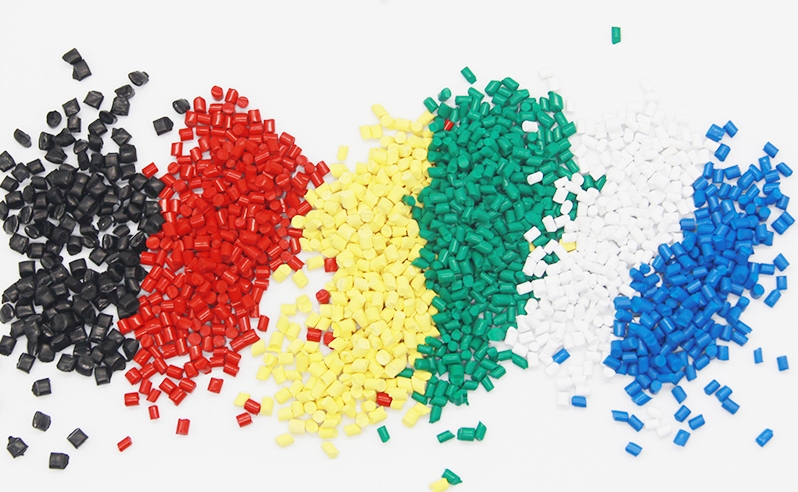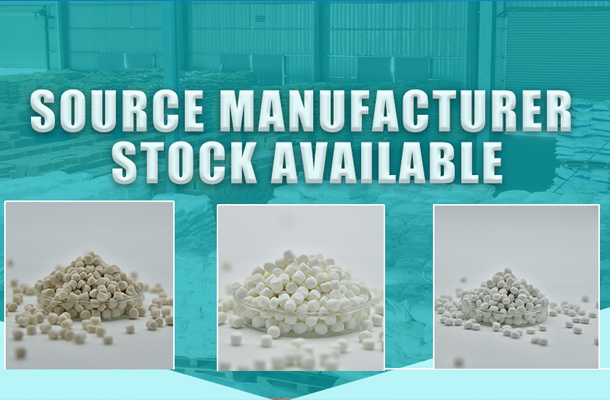Color masterbatch, also known as pigment preparation, is a specialized coloring agent designed for high polymer materials. It is a granular product formed by evenly dispersing a high proportion of pigments or additives in thermoplastic resins. A color masterbatch essentially comprises three components: pigments (or dyes), carrier resin, and additives.
In detail, a color masterbatch is an aggregate obtained by loading an ultra-high concentration of pigments into a resin matrix, resulting in a higher coloring strength compared to the pigment itself. During the manufacturing process of plastic products, only a small amount of the color masterbatch needs to be mixed with non-colored resin to achieve the desired pigment concentration, thereby producing colored resin or the final product.
The advantages of color masterbatches include:
- Enhanced dispersion of pigments in plastics, ensuring more uniform and consistent coloration.
- Helps maintain the chemical stability and colorfastness of pigments, even under high-temperature processing or prolonged outdoor exposure.
- Reduces dust, safeguarding the health of operators and maintaining a clean production environment.
- Simplifies the coloring process, facilitating color changes and saving time and raw materials.
- Easy to store and transport since they exist in pellet form, minimizing contamination risks.
Color masterbatches are widely used in the coloring of plastic products across various industries, including appliance housings, automotive parts, packaging materials, toys, fibers, textiles, and many others. The production processes vary, including ink method, flushing method, compounding, metal soap method, among others, with each technique tailored to specific application requirements and technical specifications.








